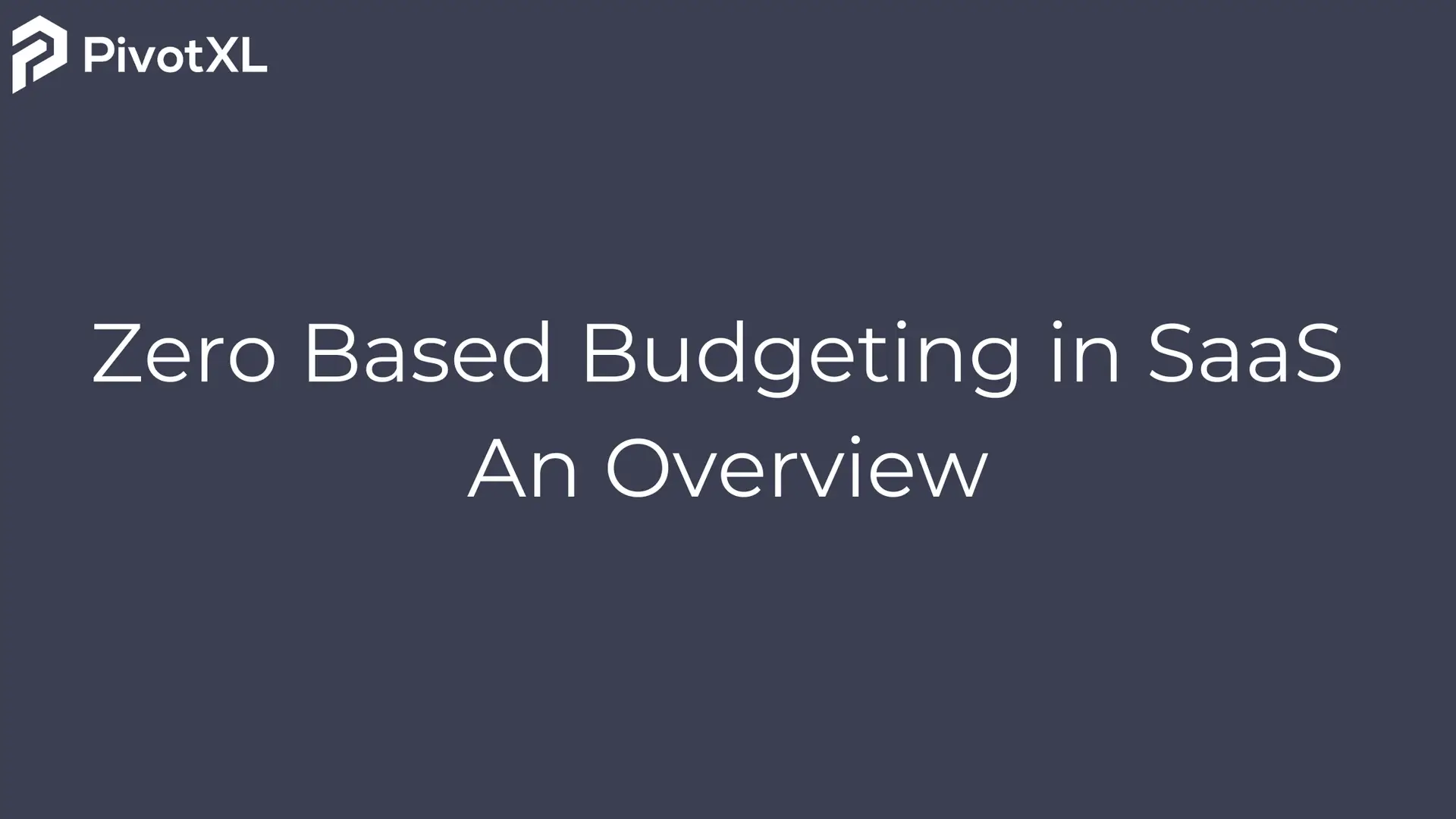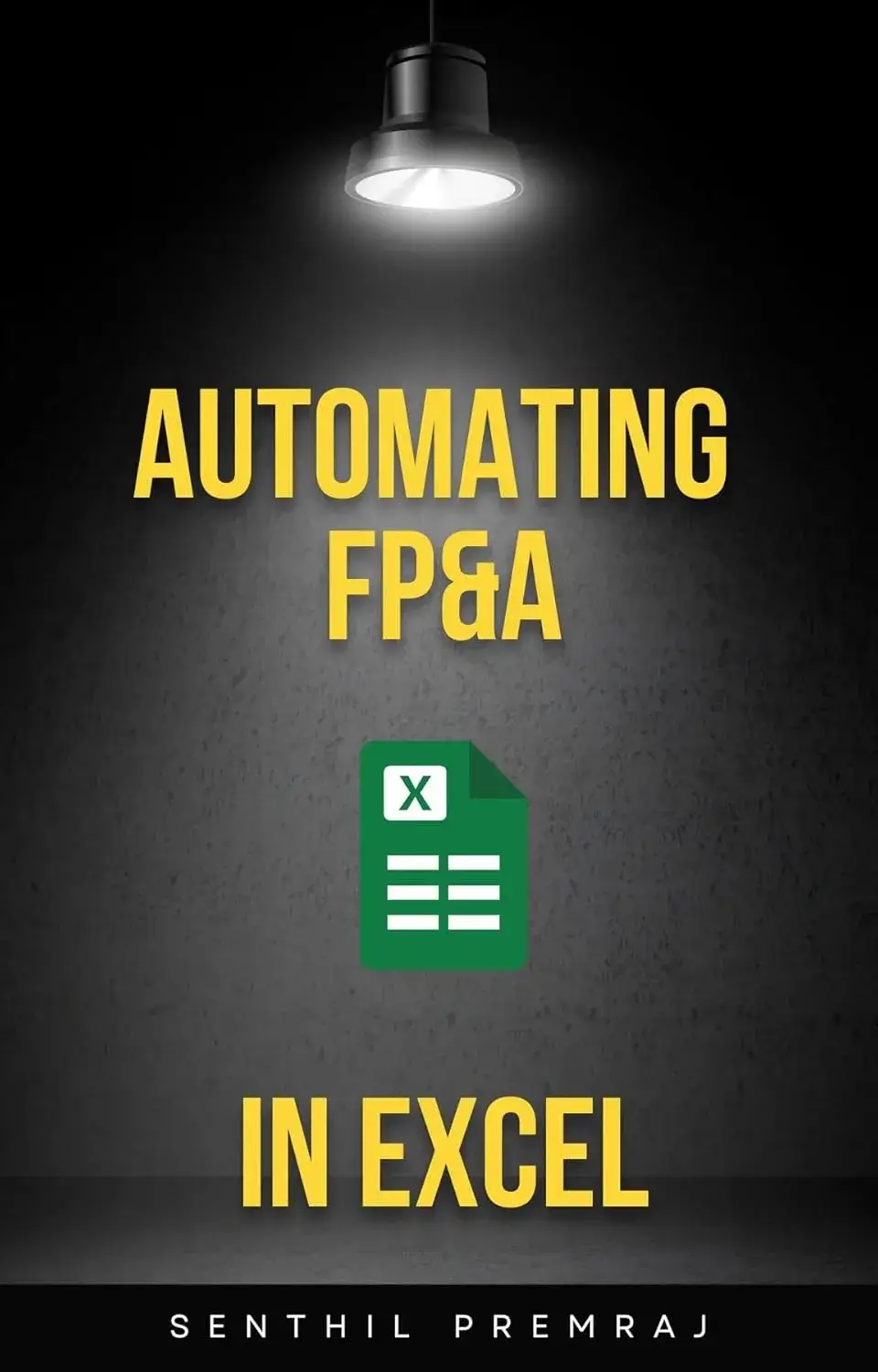Introduction
During difficult times, such as when funding is hard to come by or clients are looking to cut costs, or even the current global economic situation, CFOs need to look into their budgets and evaluate how the company is using its resources. Zero-based budgeting (ZBB) is ideal for this kind of situation.
Zero-based budgeting often gets a bad name for being a purely cost-cutting approach to budgeting. In reality, though, it’s a lot more than that.
A zero-based approach helps you strategically reallocate the money “saved” to high-priority initiatives that will move the business forward. Think of zero-based budgeting as the catalyst that unlocks strategic reinvestment of financial resources to help you meet your company’s long-term goals and objectives.
What is Zero-Based Budgeting?
Zero-based budgeting (ZBB) is a method of budgeting in which all expenses must be justified for each new period. It’s like starting with a blank canvas and carefully selecting each budget item based on its value and contribution to your financial objectives.
The four strategic budgeting methods—driver-based budgeting, activity-based budgeting, value proposition budgeting, and zero-based budgeting—approach the task of determining resource allocations from different business perspectives.
A common factor here is that in addition to helping companies reach their annual targets, the strategic budgeting methods are fully aligned with the company’s long-term goals and strategic vision. Choosing the right strategic budgeting approach can unlock a host of benefits for your SaaS business—in this case, zero-based budgeting.
Traditional Budgeting vs. Zero-Based Budgeting
With traditional budgeting, the previous year’s budget is used as the starting point, and each line item is adjusted as needed based on past performance and forecasts.
With zero-based budgeting, every line item in the budget from the year before is “reset” to zero. Starting with a “zero base” means that every team within the organization must start from scratch, analyzing each need and the related costs to build a budget.
How to Create a Zero-Based Budget in Six Steps
Creating and implementing a zero-based budgeting approach in a SaaS business involves careful planning and execution. Here are the six key steps to follow:
Step 1: Revisit Your Strategic Plan
Given that the mandate is to start from zero, the first step in creating a zero-based budget is to determine the financial goals and performance goals—to figure out where to prioritize your resources in a manner that aligns with your company’s strategic plan.
For example, your strategic priorities for the next three years might be to increase ARR from $5M to $15M, by either reducing churn rate by 25% or by decreasing your customer acquisition costs (CAC).
Each of these goals would require somewhat different approaches and thus priorities in your budget.
Step 2: Gather the Data You Need to Create a Zero-Based Budget
Before getting into planning and budgeting, it’s important to have a thorough understanding of the trends in the market and gather the relevant financial data so that you can analyze your company’s past spending patterns.
Step 3: Categorize Your Costs, Setting Each Category to Zero
In SaaS, common cost categories for zero-based budgeting are those associated with:
- Delivery of the product or service
- Research and development (R&D)
- Sales and marketing (S&M)
- General and administrative (G&A)
Each expense category will start with a zero budget. As you create the new ZBB, you’ll justify and allocate funds based on the strategic priorities you identified in Step 1.
Step 4: Start with the Non-Negotiables
When doing a zero-based budgeting exercise, it is important to identify the non-negotiable costs across your categories. These include recurring expenses, such as cloud hosting, domain name, and SSL certificates, along with fixed costs, such as infrastructure, salaries, office rent, and utilities.
Your non-negotiables don’t significantly change from month to month. However, they’re not always fixed either. For example, cloud hosting costs are variable while office rent, utilities, and salaries are more or less fixed but both are necessary to run the business.
Step 5: Prioritize Variable Costs
After you have the fixed costs plugged into your budget, you can add in the variable costs.
This is the most time-consuming step as it involves evaluations and requires collaboration between finance teams and business leaders in different departments. For example, department heads have to justify every expense within the context of the company’s strategic goals, and it must be weighed against all the other variable costs.
The following questions need to be considered for each variable cost:
- Is this activity and associated expense justified (i.e., should it be in the budget)?
- If so, how much should be allocated for it?
Make sure to build in the resources needed to support continued growth. Every SaaS business wants to grow and, hence, growth-related activities will always feature high priority in your budget.
Step 6: Evaluate Existing Contracts
In this step, you’re looking for additional opportunities to optimize costs regarding existing vendors. In a zero-based approach, everything is on the table. The objective here is to eliminate waste and identify any savings that can be reallocated to high-priority initiatives.
Begin by reviewing each and every contract. Negotiate lower costs with your vendors. Replace multiple best-in-class software tools with a full-stack product (as allowed by your business strategy). Keep things as-is and plug that expense back into the budget at the same cost—if replacing a certain vendor has a significant negative impact on your company’s budget and planning.
Best Practices for Zero-Based Budgeting
Adopting zero-based budgeting might seem like an extreme step since it requires scrutinizing every dollar to stretch it as far as possible. However, CFOs and finance teams can implement the following best practices—along with modern financial management tools—to maximize its impact and optimize limited resources.
Consider Building in a Line Item for Contingencies
A contingency fund helps businesses respond quickly to market changes. It allows companies to seize new opportunities or cut spending to extend the runway—without drastically altering the budget.
Create Cost Accountability Across the Organization
With zero-based budgeting, each business unit must take full ownership of its budget.
Once the budget is finalized, teams must commit to financial discipline. Every department should weigh the pros and cons of each variable cost and ensure that spending aligns with company goals.
Monitor and Adjust as Needed
Accountability is critical, but tracking your budget against actuals is key to effective cost control.
Implementing a rolling budget ensures continuous monitoring, allowing businesses to make adjustments as often as needed. Companies can also use modern FP&A software to track metrics in real-time. With all financial data on a single platform, making informed adjustments becomes easier.
Use the First Budget Evaluation to Inform Future Planning
The first attempt at zero-based budgeting can be time-consuming. However, the evaluation process helps refine future budgeting cycles.
Even though the next budget resets to zero, the insights gained from reviewing past expenditures and prioritizing variable costs make the process more efficient over time.
Using a zero-based budgeting platform simplifies this process. It allows businesses to track, monitor, and adjust financial data at a granular level. With real-time insights, decision-makers can ensure that every dollar is allocated strategically.
Move Beyond Traditional Spreadsheets
Spreadsheets make financial planning difficult. They are prone to manual errors, time-consuming, and hard to scale.
A modern zero-based budgeting solution streamlines financial management. It provides automation, collaboration, and data accuracy, making it easier to track spending and allocate resources effectively.
The Role of Technology in Zero-Based Budgeting
To do zero-based budgeting effectively, data is paramount. Spreadsheets won’t cut it, especially if each team has its own spreadsheet.
Coupled with a modern strategic finance platform like PivotXL, SaaS companies can use zero-based budgeting to not only eliminate inefficiencies but also optimize costs and cash flow in ways that prioritize growth.
PivotXL is also a powerful scenario planning tool that makes it easier to run “what-if analyses” with different costs for variables to project how scenarios (external or internal) could play out, enabling you to make more informed decisions about your company’s growth.




